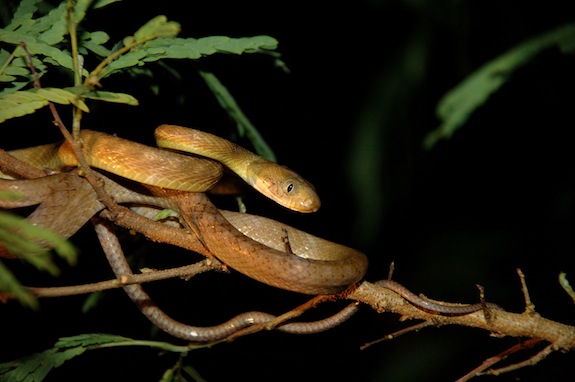Kangaroo and King Island Emus

One of the things I’ve learned from the great book The Song of the Dodo: Island Biogeography in an Age of Extinctions by David Quammen is that funny things happen on islands. Species get smaller or larger, or weirder and more complex. Islands are where you find hundred of lemurs, giant tortoises, dwarf elephants, gigantic flesh-eating lizards, and other exotic creatures. Both the Kangaroo Island Emu and the King Island Emu, evolving as they did on islands just south of mainland Australia, are dwarfed relatives of the mainland Australian Emu.

There’s exactly one stuffed specimen of the Kangaroo Island Emu left on Earth, in the Natural History Museum of Geneva . It was common enough when first described in 1802 by British Naval Officer Matthew Flinders, but disappeared by 1827 through hunting and loss of habitat.

King Island is a smaller bit of land in the strait between mainland Australia and Tasmania, which played host to the smallest of the Australian Emu variations. The behaviour of both extinct subspecies probably did not differ much from that of the mainland kind. The birds gathered in flocks to forage and during breeding time. They fed on berries, grass and seaweed. They ran swiftly, and could defend themselves by kicking.
In 1804 several live and stuffed King and Kangaroo Island Emus were sent to France by members of a French expedition in the midst of mapping the coast of Australia. The two live King Island specimens were kept in the Jardin des Plantes and the remains of these and the other birds are scattered throughout various museums in Europe today. Hunting pressure and fires started by early settlers on King Island drove the wild population to extinction by 1805. The two captive specimens in Paris both died in 1822 and are believed to have been the last of their kind.

There are fewer numbers of species on islands, and species will take on different niches as evolutionary time progresses than they would or could on the mainland. One lemur will develop into many, many different kinds of lemurs, each with their own different needs and appetites. A large bird will find it more efficient over time to develop a smaller body. A lizard might find itself presented with the unique opportunity to become the dominant predator in town and so evolve into a vicious, blood-thirsty carnivore.

But all this interesting-ness comes at a price; extinction is a more common occurrence on islands. For a variety of reasons, the majority of extinct birds lived on islands. 30% of all known recently extinct birds in the world come from Hawaii. 60% of Guam’s native birds are extinct. Island species in general, and flightless island species in particular are most at risk. Islands are isolated, and isolated populations are more vulnerable to any number of threats: new diseases, invasive predators, freak accidents and fires, loss of habitat. The explorers and natural history enthusiasts of the Age of Exploration brought all of these factors with them on their voyages.
The reason all of this is important is the way the process of extinction works on islands can today be applied to many mainland habitats. The more fragmented and isolated our remaining bits of wilderness become in a world overrun by structures constructed by humans (the world’s dominant invasive species), the more the lessons we’ve learned about extinctions on islands become applicable to wildlife everywhere.
